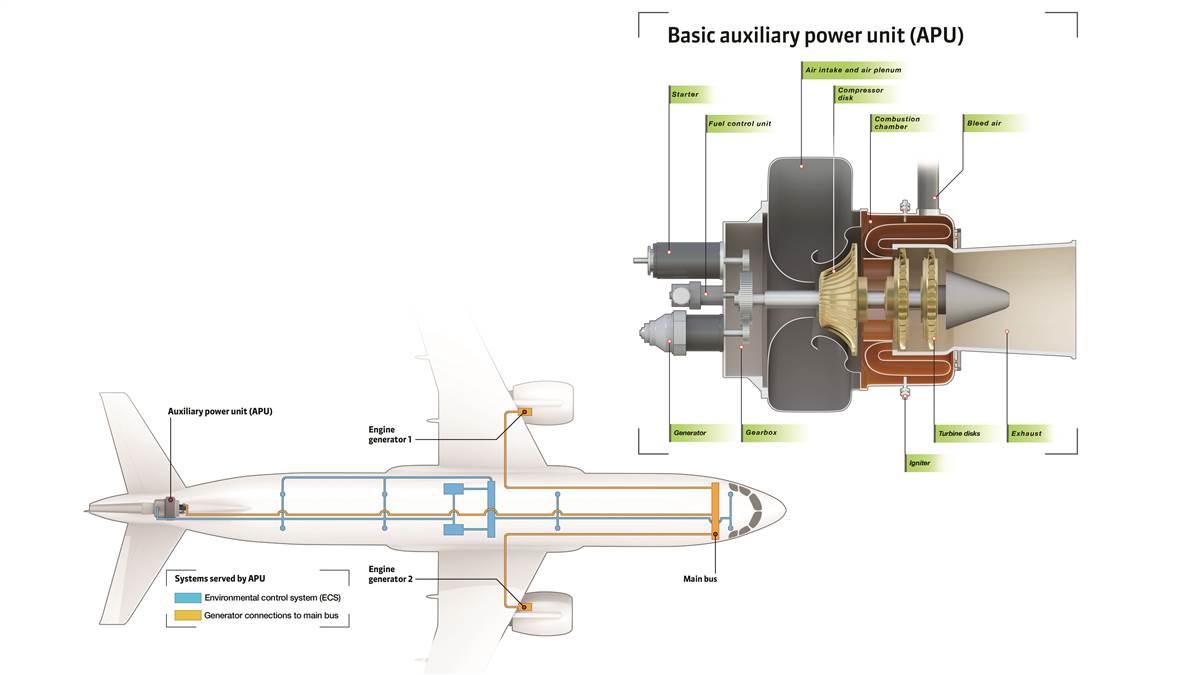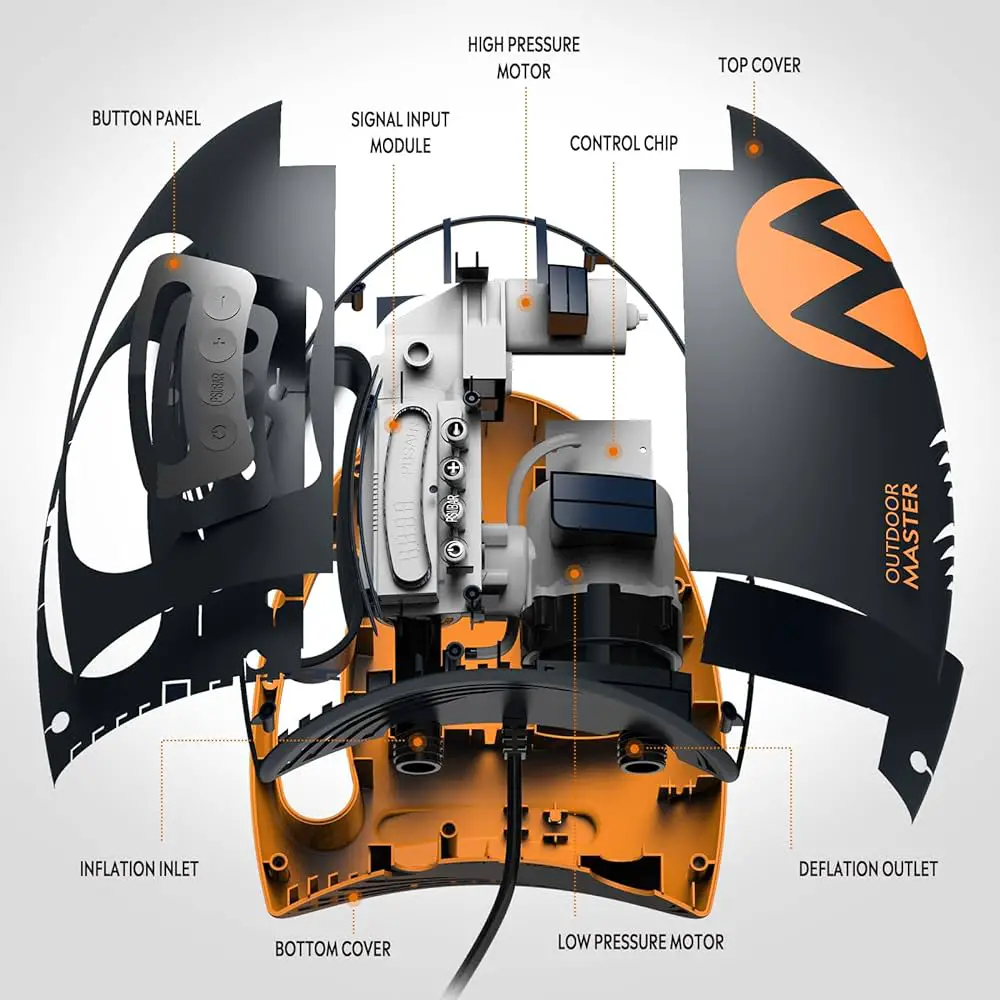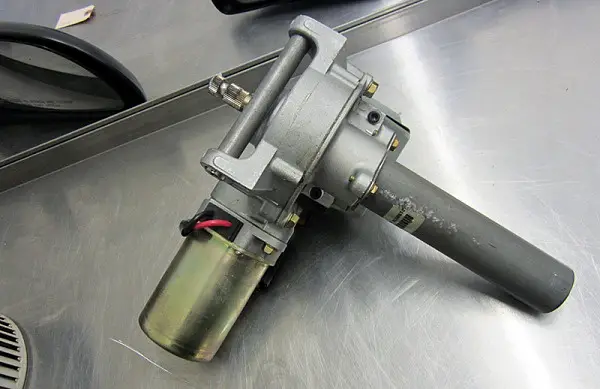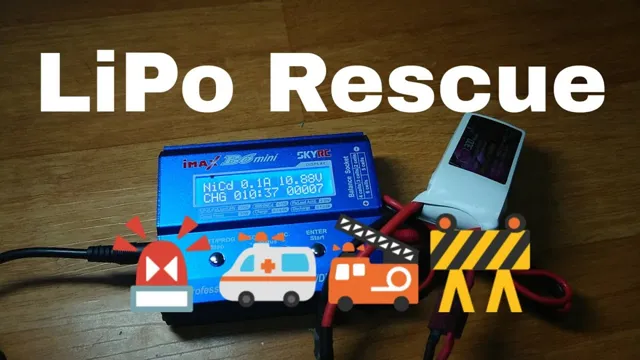How to Read Car Electrical Diagrams : Mastering the Basics for Quick Fixes
Car electrical diagrams are essential for anyone working on car electrical systems, whether you’re a professional mechanic or an amateur enthusiast. These diagrams provide a visual representation of the car’s wiring, allowing you to understand how the electrical components are connected and troubleshoot any issues that may arise. However, for beginners, reading car electrical diagrams can be daunting. In this guide, we’ll break down the basics of reading car electrical diagrams to help you gain a better understanding of your car’s electrical system.
Types of Car Electrical Diagrams
Before diving into how to read car electrical diagrams, it’s important to understand the different types of diagrams you may come across.
Schematic Diagrams
Schematic diagrams use symbols to represent the components and their connections in the electrical system. These symbols make it easier to understand the wiring layout and the relationship between different components.
Wiring Diagrams
Wiring diagrams provide a more detailed view of the car’s wiring than schematic diagrams. They show the physical layout of the wiring harness, the color-coding of the wires, and the connections between components.
Component Locator Diagrams
Component locator diagrams help you find specific electrical components within the vehicle. These diagrams are especially useful when you’re trying to locate a particular sensor, switch, fuse, or relay.
Understanding Symbols and Color Codes
When reading car electrical diagrams, familiarity with the symbols and color codes used is crucial. Here are some common symbols and color codes you’ll encounter:
| Symbol/Color | Meaning |
|---|---|
| Battery |
|
| Ground |
|
| Fuse |
|
| Switch |
|
Reading and Interpreting Car Electrical Diagrams
Once you’re familiar with the types of diagrams and the symbols and color codes used, you can start reading and interpreting car electrical diagrams. Here are some steps to guide you through the process:
- Identify the Components: Begin by identifying the various components and their symbols in the diagram. This includes the battery, fuses, relays, switches, sensors, and the wiring harness.
- Understand the Connections: Pay attention to how the components are connected. Follow the lines in the diagram to see how the wires run from one component to another. This will help you understand the flow of electricity within the system.
- Refer to the Legend: Most diagrams come with a legend that explains the meaning of each symbol and color used. Refer to the legend whenever you encounter an unfamiliar symbol or color code.
- Trace Circuits: To troubleshoot electrical issues, you may need to trace specific circuits within the diagram. This involves following the path of a particular circuit and checking for any breaks or faults along the way.

Credit: www.aopa.org
Common Tools for Working with Car Electrical Diagrams
Having the right tools can make reading and interpreting car electrical diagrams much easier. Here are some common tools used for working with car electrical diagrams:
- Multimeter: A multimeter is essential for testing voltage, continuity, and resistance within the electrical system.
- Wire Tracer/Probe: This tool helps you trace the path of specific wires within the harness, making it easier to identify and troubleshoot issues.
- Circuit Tester: A circuit tester allows you to test for the presence of voltage at specific points in the electrical system.
- Component Locator Guide: Having a component locator guide specific to your vehicle can help you quickly find the location of various electrical components.
Conclusion
Reading car electrical diagrams may seem complex at first, but with practice and the right guidance, you can develop a strong understanding of your car’s electrical system. Remember to refer to the diagrams whenever you’re troubleshooting electrical issues, and don’t hesitate to seek help from experienced professionals if needed.
By familiarizing yourself with the different types of diagrams, symbols, color codes, and using the right tools, you’ll be well-equipped to navigate the intricacies of car electrical systems with confidence.






